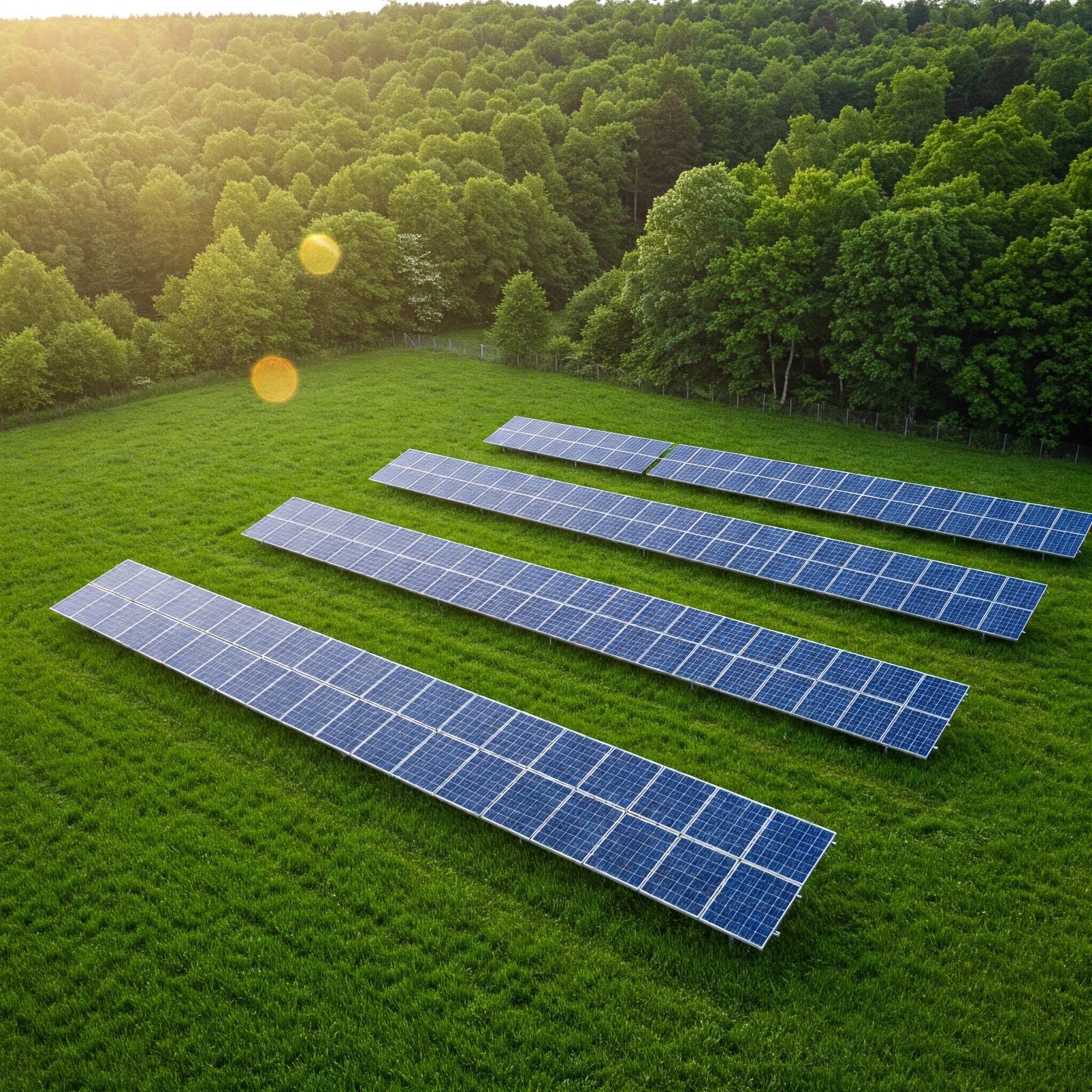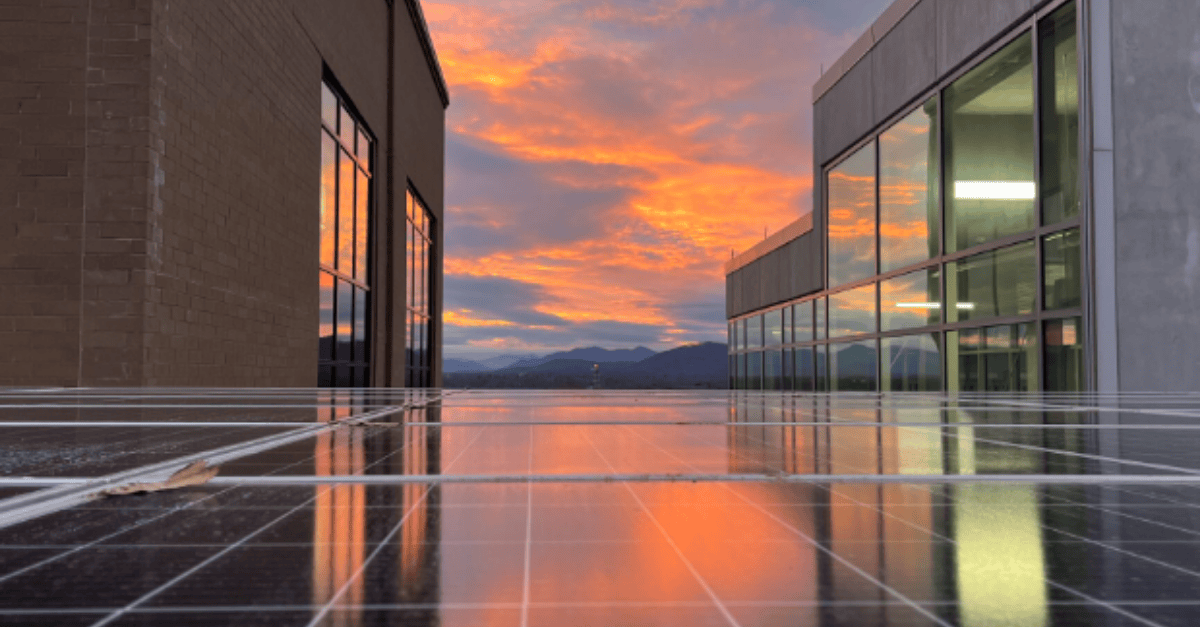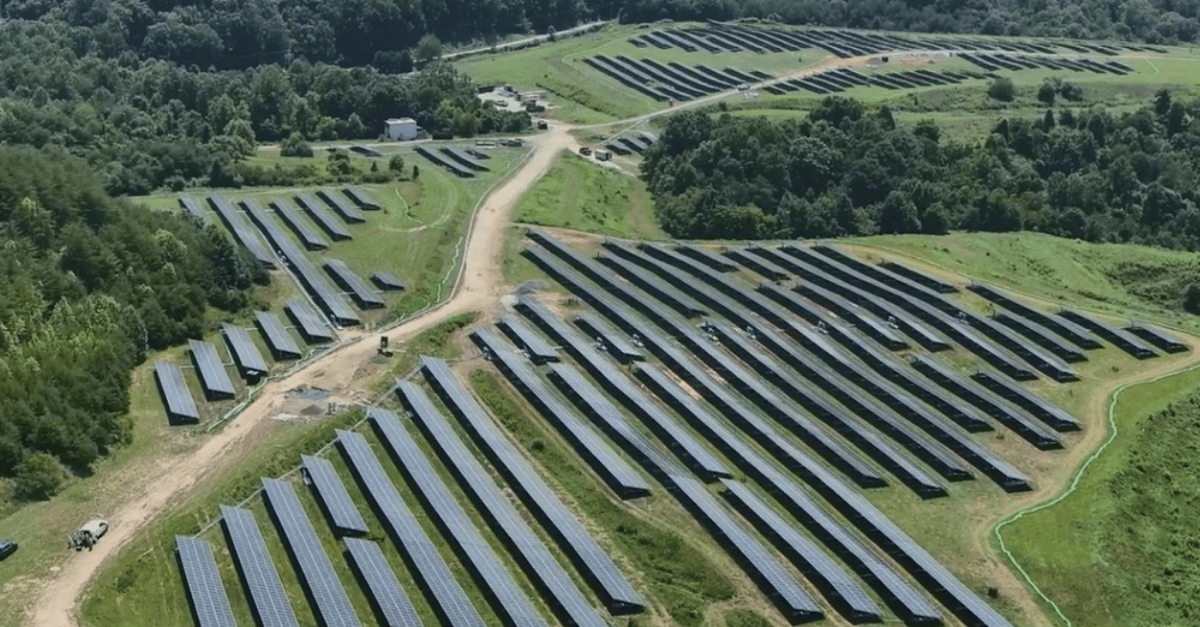
Office of Sustainability Shines a Spotlight on Recent Clean Energy Projects
Buncombe County -- Buncombe County Government News: In 2018, Buncombe County set an ambitious goal of reaching 100% renewable energy for County operations by 2030 and for the entire community by 2042.
The County is deploying a variety of strategies to meet its renewable energy goals, and three recently completed projects showcase those efforts.
“We are in a changing climate,” says Sustainability Officer Jeremiah LeRoy. “These past few months have been a direct result of the changing climate that we’re in. Ultimately, we feel that clean air, clean water, and renewable energy are a responsibility.”
Renewable energy for County-owned spaces is an essential part of that responsibility. LeRoy adds, “We feel it’s incumbent upon us as stewards of public trust and public dollars to do what we can to save taxpayer dollars, to reduce our carbon emissions, and to do what we can to help our local environment.”
Solar Power at Local Fire Stations
Fire Stations around Buncombe County have received a solar power upgrade to make their electric systems more sustainable. In partnership with Eagle Solar & Light and Pisgah Energy, solar panels were installed on station roofs and will offset an average of 55% of each station’s energy use. All 10 projects combined are expected to produce around 494 kilowatt hours of energy annually – the greenhouse gas equivalent of removing 78 passenger vehicles from the road every year.
Of the 10 planned total solar installations, eight have been completed (located at Leicester Volunteer Fire Department, Skyland Fire and Rescue, Swannanoa Main Station, Upper Hominy Fire and Rescue, West Buncombe Fire Department, Woodfin Volunteer Fire Department, Town of Black Mountain Main Station, and Town of Black Mountain Station #2). The solar installations at Reynolds Volunteer Fire Station and Swannanoa Bee Tree Substation will be completed later in May.

Solar Battery Storage for Two Buncombe County Properties
Solar Battery Storage for Two Buncombe County Properties
This week, Buncombe County installed its first two battery storage systems. The 60 kilowatt-hour batteries were installed and paired with existing solar power systems at the Public Safety Training Center and the Health and Human Services building. During particularly sunny times, solar power systems may generate more energy than is needed by the facility. Through battery storage, that excess energy can be stored and used when the sun isn’t shining, rather than just returning to the grid. Battery storage also allows the County to store energy during off-peak hours, when electricity is cheaper, then use the energy when demand is high and electricity is more expensive. These buildings’ newly installed battery energy storage systems will allow for more cost effective and efficient solar energy use, saving money and buffering against future rises in utility costs.
“This is a really exciting project,” says LeRoy, “because it helps to enhance the investments we’ve already made in solar.” The Office of Sustainability estimates that the Training Center project alone will save $840,000 over the next 30 years. These two projects were completed in partnership with McKim & Creed and Infinite Energy Advisors and were partially funded by the federal Energy Efficiency and Conservation Block Grant.

Overhead photo of the Duke Energy solar farm at the former Woodfin landfill
Solar Facility at Old Woodfin Landfill
The long-anticipated solar installation at the old Woodfin Landfill is now ready to catch some rays. The 25-acre landfill, which has been closed since 1996, was leased by the County to Duke Energy to construct a five-megawatt solar plant. The new site is expected to produce enough energy to power around 1,000 customers each year and further the County’s renewable energy goals by around 20%.
Images Above: Buncombe County Gov
Cover Image: WNCTimes


 How to resolve AdBlock issue?
How to resolve AdBlock issue? 